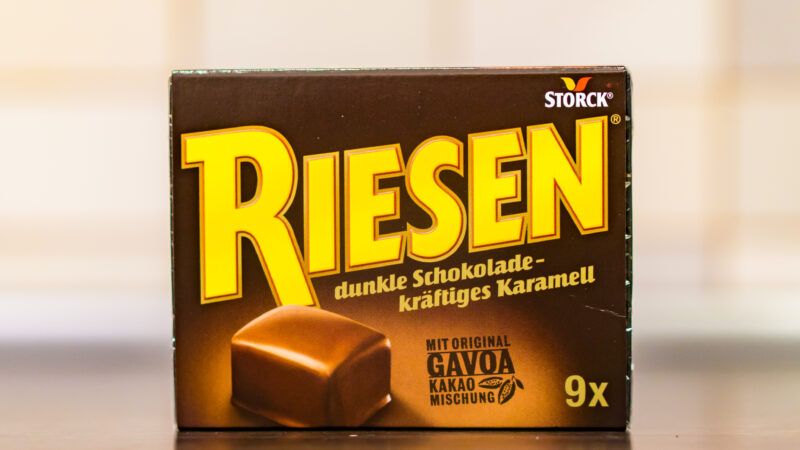Meth-Laced Halloween Candy Is a Very Unlikely Danger for Kids
These kinds of poisonings are rare to nonexistent.

It's beginning to feel a lot like Halloween now that the news media is reporting on its favorite seasonal story: allegedly drug-laced candy.
In Rosarito, Baja California, a toddler ate a Riesen—no relation to this magazine—and began to cry "uncontrollably," according to KRQE.com. The girl's mom worried and provided her with some "home remedies" to help her feel better.
When that didn't work, she brought the 18-month-old to the hospital. The folks there determined the little girl had ingested methamphetamine. The police proceeded to question the mom, who said she didn't know where the candy—which is being kept as evidence—came from.
This leaves us with some questions, notably: How is the candy being "kept as evidence" if it was eaten?
Also, is there just the slightest possibility that the aforementioned "home remedies" might have included ingredients that are themselves the building blocks of methamphetamine?
And finally, why does the news media feel compelled to report on these one-off events, as if they demonstrate a trend? The dangers of drug-laced Halloween candy are remote to nonexistent. Trust me: No one has ever poisoned a stranger's kid with Halloween candy.


Show Comments (16)